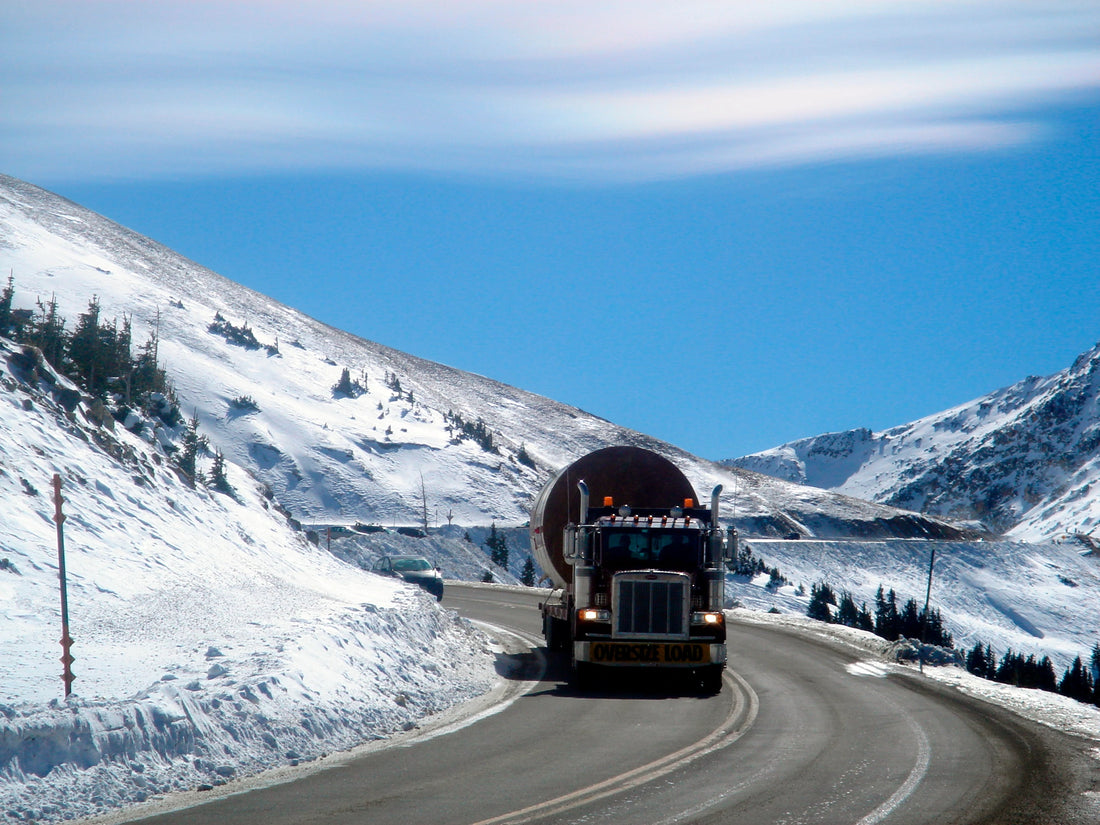
Tire Chains: Choose the Right Fit & Style for Safer Winter Driving
A sturdy set of tire chains is something every vehicle owner should consider carrying along during the winter months. Some states require drivers to have them on hand in case weather makes roads difficult or dangerous for driving. Tire chains bite into heavy snow, slush, and ice to give your rig extra traction and help ensure safe arrival at your destination.
Tire chains are available for many different tire sizes and specific travel needs. Be sure to check your vehicle’s instruction manual for recommendations regarding the use of snow chains.
Know your tire size
One tire chain may fit multiple tire sizes. To figure out your tire size, locate the letter/number combination on the tire’s sidewall. The first three-digit number refers to the tire width in millimeters (measured from one sidewall to the other). The two-digit number immediately after the slash mark is the aspect ratio percentage, calculated by dividing a tire’s height off the rim by its width.
For example, a tire branded with 225/75 has a width of 225 mm, while the tire’s height is 75 percent of its width.
Consider your application
Are you part of the lumber industry or a utility company replacing downed power lines through hills and rough terrain? Or, more commonly, a trucker or highway service worker navigating hard-surface roads and steep mountain passes? Do you have all-season — year-round — radial tires, or those designed for snow/mud?
Snow tire shoulders are squarer and have a different tread than all-weather versions. Therefore, they require a longer chain to cover the added surface area. Also, how often do you plan to mount the chains — after every snowfall or only when necessary? Do you require single chains, or duals?
We offer two styles of snow chains from Pewag, a leader in chain manufacturing. Both meet or exceed DOT and National Association of Chain Manufacturers (NACM) regulations: -
- Glacier chains deliver durable traction with a 6mm twist link that penetrates icy and snowy conditions. They’re an economical choice for light-duty and emergency use. -
- Premium chains in a 7mm square link design last four to six times longer than the traditional twist link tire chains. They also provide about 32% more surface contact than typical truck/tractor tire chains. These are best for regular use and can be mounted in reverse for longer life, less risk to the tire, and ease of installation. Watch your speed with chains installed. Going faster than 30 mph will increase the risk of a chain failure. As road conditions improve or you’re back on bare pavement, remove the chains to avoid premature wear, increased fuel consumption, and damage to the road. They also can affect vehicle handling.
Practice installing beforehand
Don’t wait till you’re in trouble and standing in freezing temperatures to try putting chains on your tires for the first time. Make yourself familiar before you need them by reading mounting instructions and attempting an installation on dry ground.
Always pre-fit tire chains before use to ensure correct fit. If possible, “chain up” prior to reaching poor driving conditions. Always pull your car off the road away from traffic, like into a garage or parking lot. Lay the chain on the ground, remove twists or kinks, and check for signs of damage.
Drape the chain relatively centered over the top of your tire, straightening it out to evenly distribute over both sides of the tire. Drive forward a few feet to expose the rest of the wheel that was previously touching the ground, and secure the chain squarely on the remaining surface.
Depending on the style, tighten as instructed. After moving forward about 100 yards, stop and inspect the chains for correct tension and fit. Re-tension if necessary or if the chain starts to hit the wheel well. However, too much tension can lead to tire damage, wheels spinning, and increased chain wear.
Shop our entire selection of tire chains, or call and talk to one of our sales experts at 866-348-3473. We can find just about any size you need.

